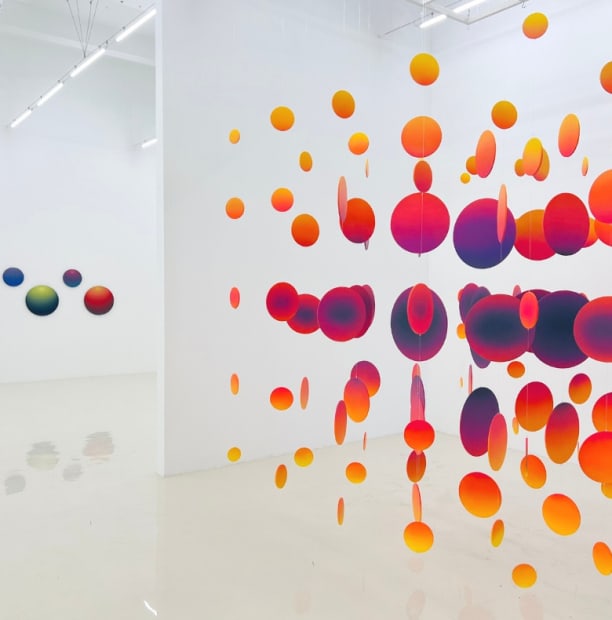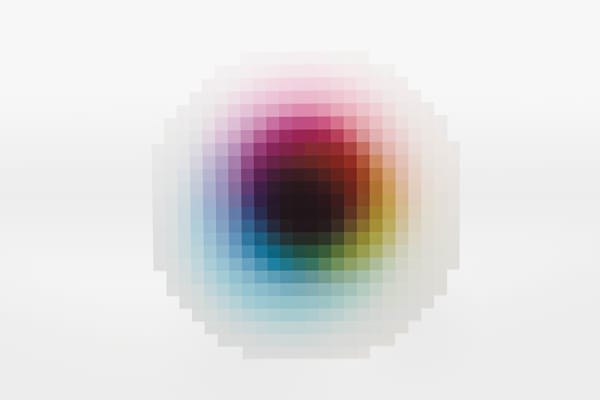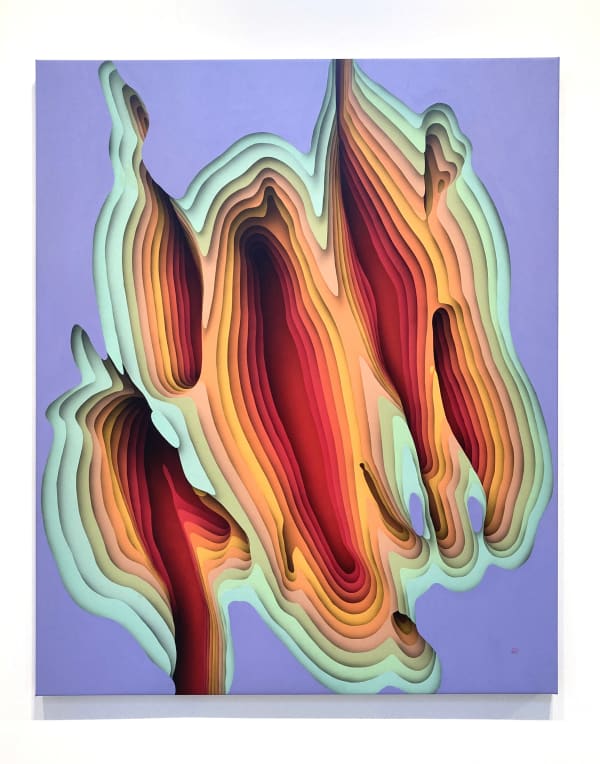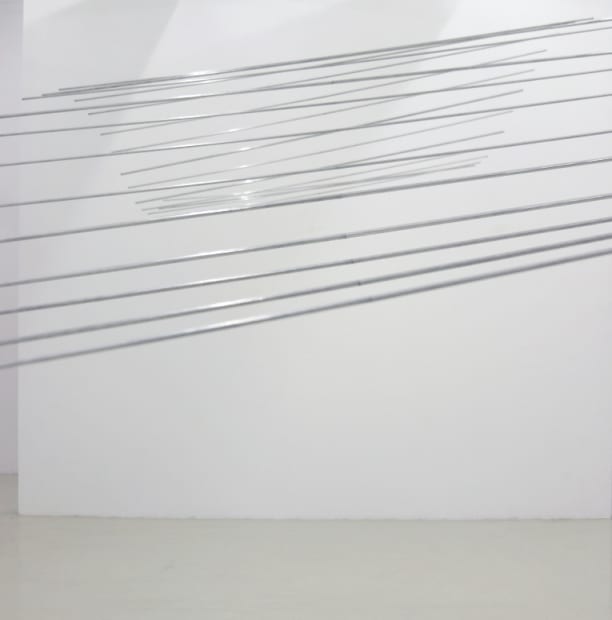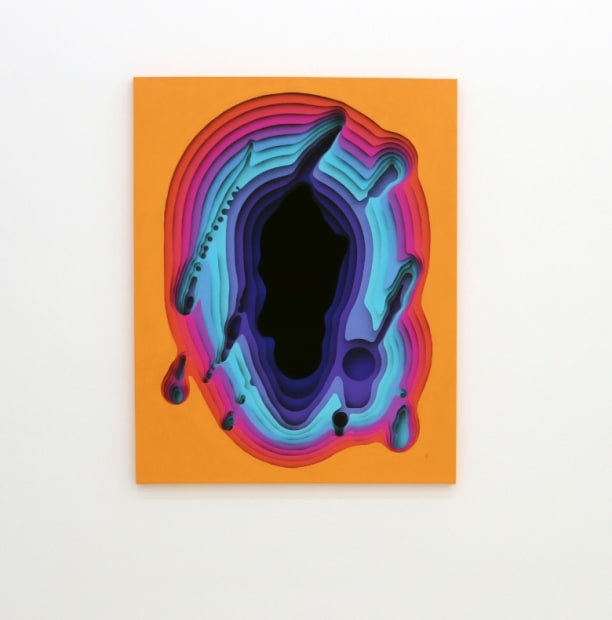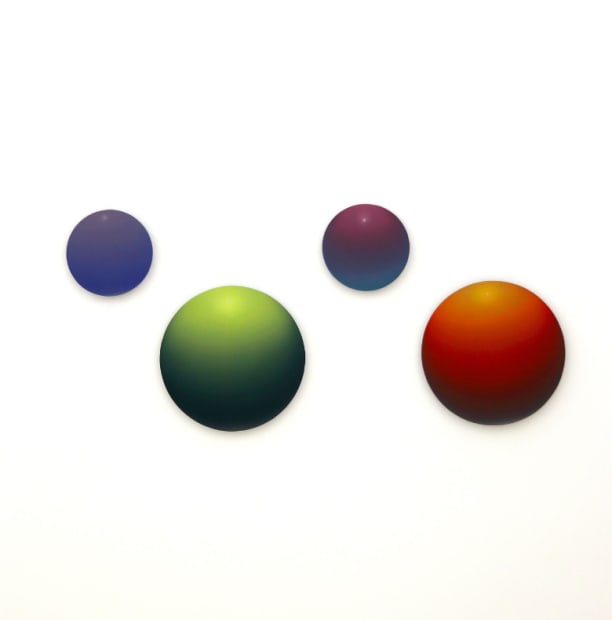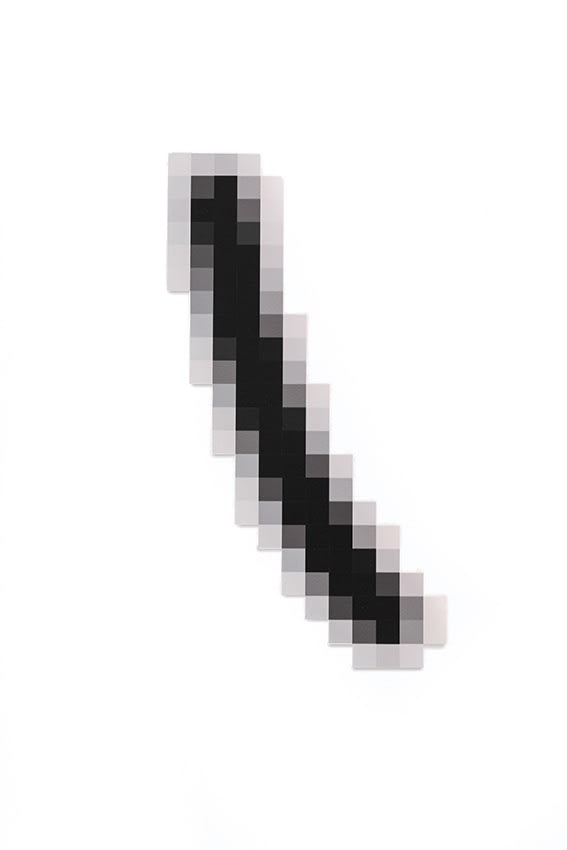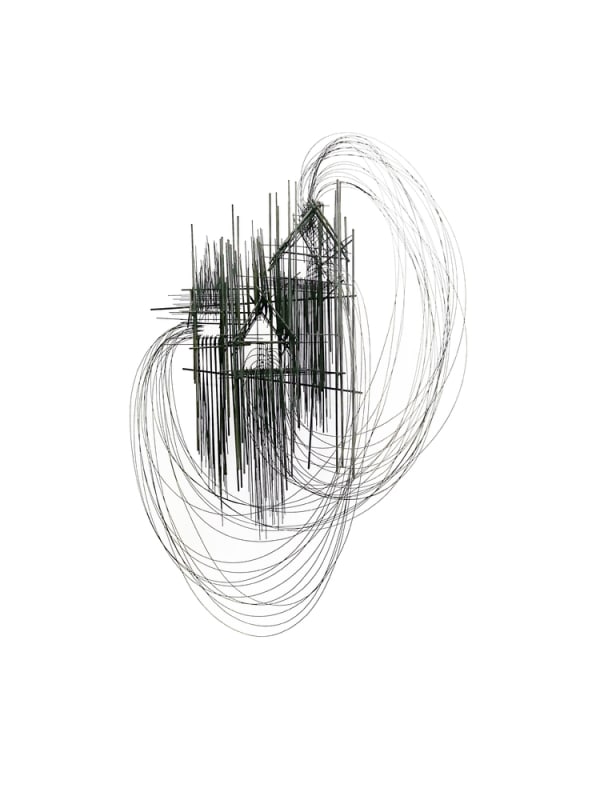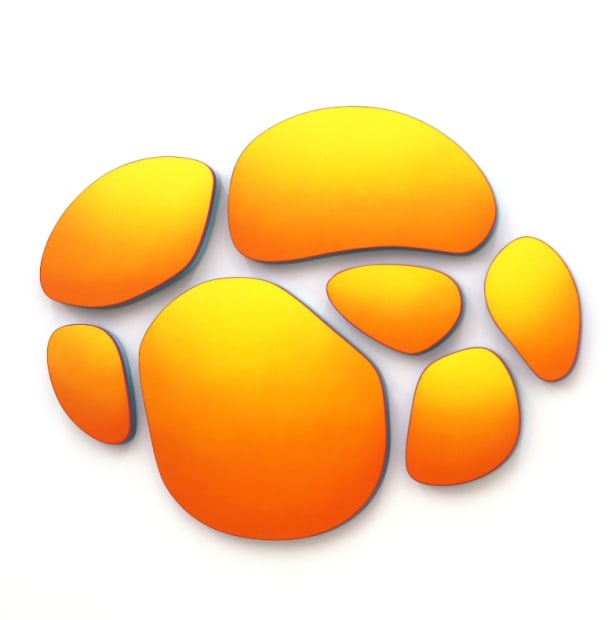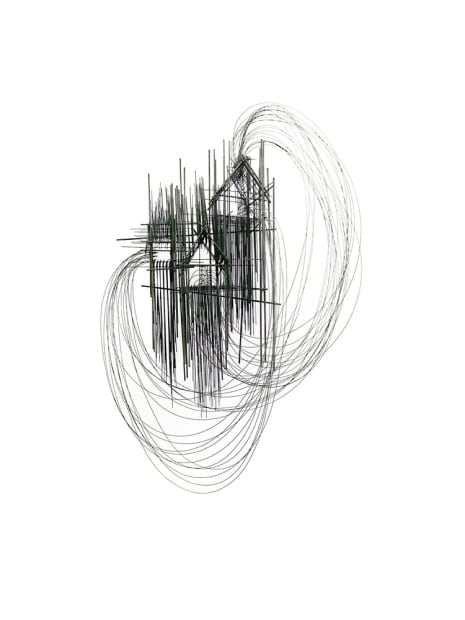-
“80 years separate Vasarely from the young Felipe Pantone and yet if they had met, their discussions on art and its possible forms would have certainly been endless.”
- Magda Danysz
Danysz Shanghai presents from November 5, 2022 to January 19, 2023 the second part of “Vibrations”, the exhibition held in 2019 at Danysz Paris – Marais. Built on its previous success, the optico-kinetic show – at the same time vibrant, participatory and contemplative – evolves around historic names in contemporary art and gives way to a new generation of artists. More than 70 years after the advent of this movement which crossed the borders, the artists presented within “Vibrations,” such as 1010, Elias Crespin, Jan Kaláb, David Moreno, Felipe Pantone and Li Shurui, bring a new discourse taking control over new technologies.
-
-
 "Vibrations", exhibition view, Danysz Shanghai
"Vibrations", exhibition view, Danysz Shanghai -
-
-
 Felipe Pantone, Integration System, 2018, Enamel and UV ink on aluminum composite panel
Felipe Pantone, Integration System, 2018, Enamel and UV ink on aluminum composite panel -
-
 Elias Crespin, Dancing lines, 2022, aluminium, nylon, motors, computer, electronic interface, 50 x 15 cm
Elias Crespin, Dancing lines, 2022, aluminium, nylon, motors, computer, electronic interface, 50 x 15 cm -
 1010, Qualia 04, 2021, Acrylic on canvas, 150 x 120 cm
1010, Qualia 04, 2021, Acrylic on canvas, 150 x 120 cm -
-
 Li Shurui, Love for a Minority No. 1-4, 2018, Acrylic on canvas, board, ø 30 cm (x2), ø 50 cm (x2)
Li Shurui, Love for a Minority No. 1-4, 2018, Acrylic on canvas, board, ø 30 cm (x2), ø 50 cm (x2) -
-
 Jan Kalab, Yellow Drops, 2021, Acrylic on canvas stretched on hand-made wooden frame, 120 x 150 cm
Jan Kalab, Yellow Drops, 2021, Acrylic on canvas stretched on hand-made wooden frame, 120 x 150 cm -
 David Moreno, Family Connection I, 2019, Carbon steel, silver, paint, 62 x 30 x 90 cm
David Moreno, Family Connection I, 2019, Carbon steel, silver, paint, 62 x 30 x 90 cm -
-
Stay tuned for more:
If you wish to be informed privately of the artists' new projects and art in advance, please email us
Group Show - Shanghai,
Welcome to our new website
We are glad to present you with our new website. Designed as a tool for more dialogue and discoveries around the artists we love, represent and support. We would be glad to hear from you about the parts you prefer and the ones you’d wish us to add. Certain time call for action, and we believe these will also call for more sharing and things done together. Do not hesitate to contact us so we can keep on growing… together.
* denotes required fields
We will process the personal data you have supplied in accordance with our privacy policy (available on request). You can unsubscribe or change your preferences at any time by clicking the link in our emails.

